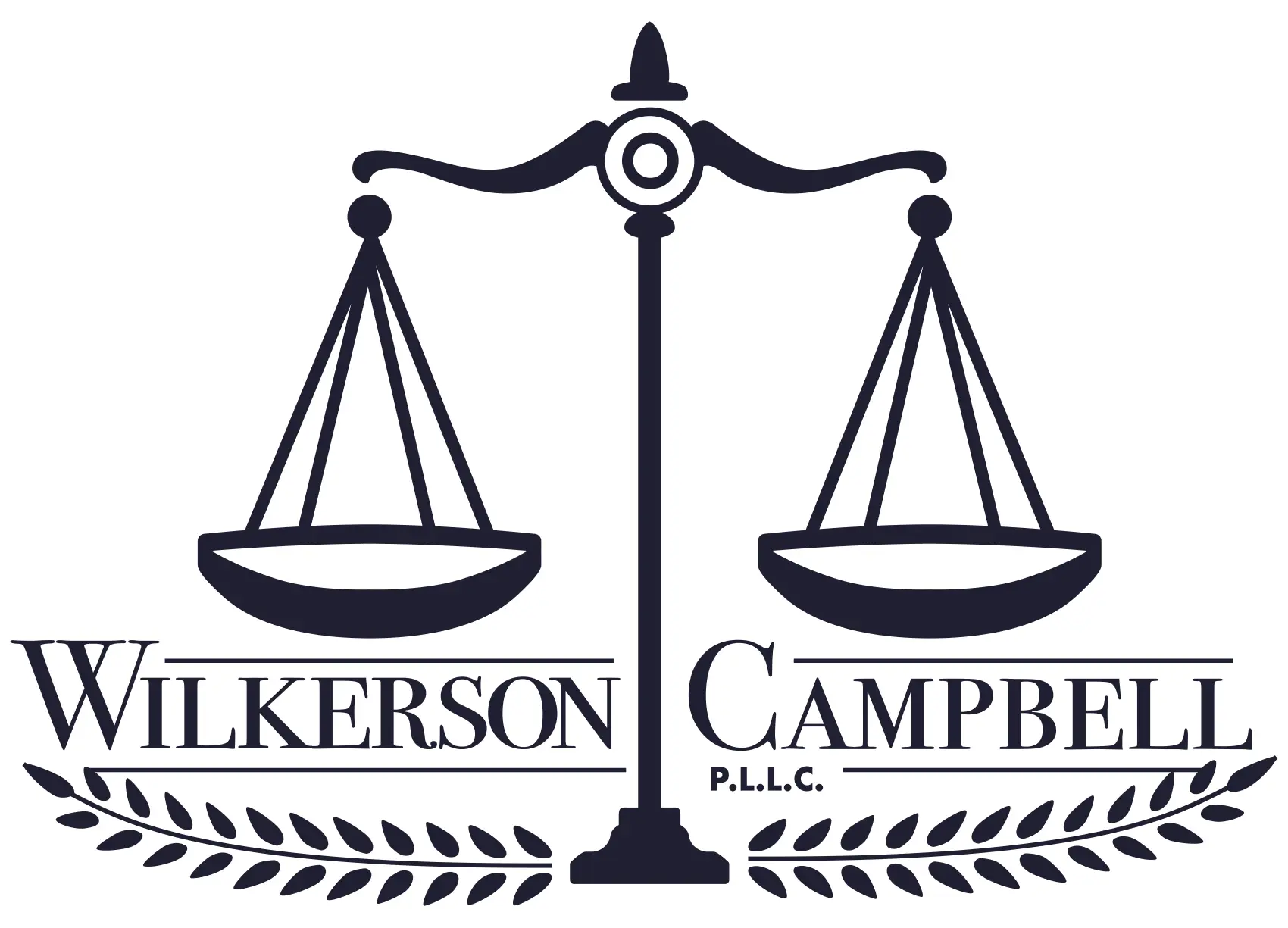Criminal Mischief
Criminal Mischief is a property crime in Texas, defined under Section 28.03 of the Texas Penal Code. It encompasses a range of actions where an individual intentionally or knowingly damages, destroys, or tampers with someone else’s tangible property without the owner’s effective consent.(Houston DWI Lawyer)
Legal Definition
According to Texas Penal Code §28.03, a person commits criminal mischief if, without the effective consent of the owner, they:(Houston DWI Lawyer)
Intentionally or knowingly damage or destroy the owner’s tangible property;
Intentionally or knowingly tamper with the owner’s tangible property, causing pecuniary loss or substantial inconvenience; or
Intentionally or knowingly make markings, including inscriptions, slogans, drawings, or paintings, on the owner’s tangible property.(Saputo ✭ Toufexis, Napier Law Firm)
This statute covers a broad spectrum of activities, from vandalism and graffiti to more severe acts like disabling public utilities or damaging critical infrastructure.
Penalties and Classification
The severity of criminal mischief charges in Texas is primarily determined by the amount of pecuniary loss resulting from the offense. However, certain circumstances can elevate the charges regardless of the monetary value involved.(Goldstein & Orr)
Misdemeanor Offenses
Class C Misdemeanor: Pecuniary loss less than $100 or causes substantial inconvenience.
Punishable by a fine up to $500.(Findlaw)
Class B Misdemeanor: Pecuniary loss of $100 or more but less than $750.
Punishable by up to 180 days in jail and a fine up to $2,000.(Findlaw, Shane Phelps Law)
Class A Misdemeanor: Pecuniary loss of $750 or more but less than $2,500.
Punishable by up to one year in jail and a fine up to $4,000.(Findlaw)
Felony Offenses
State Jail Felony: Pecuniary loss of $2,500 or more but less than $30,000.
Punishable by 180 days to 2 years in a state jail facility and a fine up to $10,000.(Shane Phelps Law)
Third-Degree Felony: Pecuniary loss of $30,000 or more but less than $150,000.
Punishable by 2 to 10 years in prison and a fine up to $10,000.(Napier Law Firm)
Second-Degree Felony: Pecuniary loss of $150,000 or more but less than $300,000.
Punishable by 2 to 20 years in prison and a fine up to $10,000.
First-Degree Felony: Pecuniary loss of $300,000 or more.
Punishable by 5 to 99 years or life imprisonment and a fine up to $10,000.
Special Circumstances and Enhancements
Certain actions can elevate the severity of criminal mischief charges, regardless of the monetary damage:(Shane Phelps Law)
Use of Firearm or Explosive: If the offense involves discharging a firearm or using an explosive weapon to damage property, the charge may be elevated.
Targeting Critical Infrastructure: Damaging or tampering with public utilities, transportation systems, or communication networks can result in higher-level felony charges.
Damage to Specific Properties: Offenses involving places of worship, schools, cemeteries, or community centers may carry enhanced penalties.(Goldstein & Orr)
Catalytic Converter Theft: Tampering with a vehicle’s catalytic converter, even with minimal damage, is classified as a state jail felony under recent legislative updates.(Saputo ✭ Toufexis)
Juvenile Offenders
When minors are involved in criminal mischief, the juvenile justice system handles the cases differently:(Shane Phelps Law)
Juvenile Detention: Depending on the offense’s severity and the minor’s history, detention in a juvenile facility may be imposed.(Shane Phelps Law)
Probation: Courts may place juveniles on probation, requiring regular check-ins and compliance with specific conditions.(Shane Phelps Law)
Community Service: Offenders might be mandated to perform community service, such as cleaning graffiti or participating in neighborhood projects.(Shane Phelps Law)
Counseling or Therapy: Courts can order participation in counseling programs to address underlying behavioral issues.
Alternative Education Programs: In some cases, attendance in specialized educational programs focusing on behavioral improvement is required.(Shane Phelps Law)
It’s crucial for parents and guardians to understand that juvenile convictions can have lasting impacts on a child’s future opportunities.
Legal Defenses
Several defenses can be employed against criminal mischief charges:(Shane Phelps Law)
Lack of Intent: Demonstrating that the damage was accidental and not intentional or knowing.
Consent: Arguing that the property owner consented to the actions taken.
Mistaken Identity: Providing evidence that the accused was not the individual responsible for the damage.
Insufficient Evidence: Challenging the prosecution’s evidence as inadequate to prove the charges beyond a reasonable doubt.
Each case is unique, and the applicability of these defenses depends on the specific circumstances involved.
Criminal mischief in Texas encompasses a broad range of property-related offenses, with penalties varying based on the damage’s extent and specific circumstances. Given the potential for severe consequences, including significant fines and imprisonment, it’s imperative to seek experienced legal counsel if facing such charges. An attorney can provide guidance tailored to the case’s specifics, ensuring the best possible outcome.
Categories
- No categories
